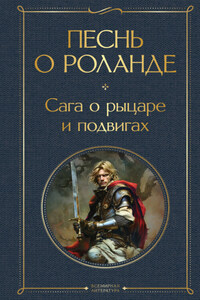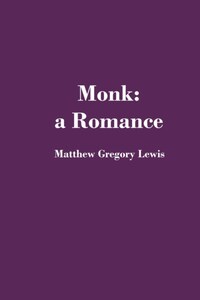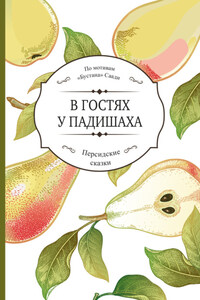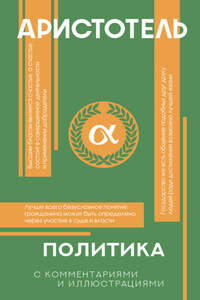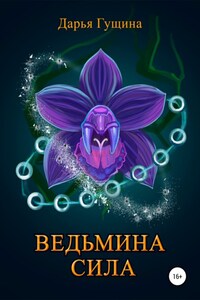Introduction
In his very convincing and lucid treatise on the fundamental principles of art, John W. Beatty gives us a most absorbing theme to follow – the relation of art to nature, as expressed in their own words by artists themselves, of different times and creeds; with, too, the opinions of philosophers and men of letters.
Himself a well-known painter, Mr. Beatty has been for almost thirty years the enlightened Director of Fine Arts of the Carnegie Institute, where, alone in our whole country, are held annually International Exhibitions of Art. Much of his life has thus been spent in intimate association with the very best painters and sculptors of our generation, and his and their opinions and observations are here to be read with much pleasure and profit by every one interested in art.
Mr. Beatty is quite right when he says, “Not many able artists have recorded their opinions.” In conversation, or on the impulse of the moment they may often speak with great beauty and clarity of expression, but nearly always tersely and to the point. On the other hand, the man of letters is more given to analysis and finds more words, and more beautiful ones, to express his meaning.
Analysis is perhaps a dangerous thing for the craftsman to toy with. He must approach nature directly and simply, with concentration that is absolute. He dissects only that particular fragment of nature which is before him, and that unconsciously. The precious sensation of closeness to nature is so fleeting and so fickle, so often not there at all, and so frightened, that it is easily scared away by the cold voice of the man with a rule to follow. The ever changing aspect of nature, be it man or landscape, makes the first impression quickly recorded in the thumb-box sketch, or with a dozen lines on the back of an envelope, an invaluable document. Again and again in the painting of a picture we refer with respect to this first strong impression of nature.
The words character and beauty are many times repeated in this book. Both terms are definite and yet how elastic! Rembrandt is the preëminent example of the complex meaning of the word beauty; many of his models he found in the Ghetto and among his friends and neighbors, or, for lack of a model, he painted himself. Surely he has proved to us that only that which has character is truly beautiful; and we must also feel in the presence of Rembrandt’s works, his absolute fidelity to truth.
On a certain occasion I was in Rodin’s studio when reference was made to some harsh criticism of one of his nudes. After listening with impatience Rodin shrugged his shoulders and said: “Why find fault with me? they should find fault with nature!”
And so we return to Mr. Beatty’s contention that the artist has succeeded when he has imitated the truth and beauty of nature. The word imitation might seem to limit the artist’s personal vision, which must be his very own. How very different this personal vision can be came vividly before me when I visited the Prado in Madrid. In one room are seen the immortal works of Velasquez, among which are the portraits of Philip IV and his consort; and in an adjoining room are portraits of this same Philip and his queen by Rubens, the Fleming, who happened to be temporarily in Madrid on a diplomatic mission. The Spaniard saw his sovereigns in all their splendor, but with a solemn dignity, dark haired and sallow complexioned. While the man from Antwerp saw the forms more round and amiable, the hair and flesh more blond and colourful, and unconsciously injected the blood of the Netherlands into the veins of his Spanish sitters.
Notwithstanding this personal expression, the predilection of a Rubens for the more florid colours, of a Velasquez for the more subdued, sober notes found in nature, it remains true that the end sought by both is the representation of character as it exists in nature.
Belmont,
Falmouth, Virginia,
January 5, 1922.
My purpose in writing this treatise is to establish, if this be found possible, a foundation for the belief that the art of the painter and sculptor is imitative, not creative; that the great masterpieces of art which have withstood the test of time rest firmly upon the supreme expression of character and beauty as these qualities are revealed in man and nature; that it is the mission of art to reveal and make plain these rare and lovely qualities. The truthful representation of these qualities constitutes a common factor which binds all great works together, a fact that is realized in every national gallery of art.
I have chosen to base my argument not upon theory or opinion but upon the evidence of eminent painters and sculptors who have produced great works of art.
Not many able artists have recorded their opinions touching the philosophy of art. On the other hand, writers in abundance have undertaken to define art. A few early and some modern philosophers have given profound thought to the subject and bequeathed to us their opinions. Painters and sculptors, with few exceptions, however, have confined their efforts to searching for, and revealing by their art, beauty and character. More is the pity, because opinion supported by achievement is always more valuable than judgment which rests solely upon theory or observation.


